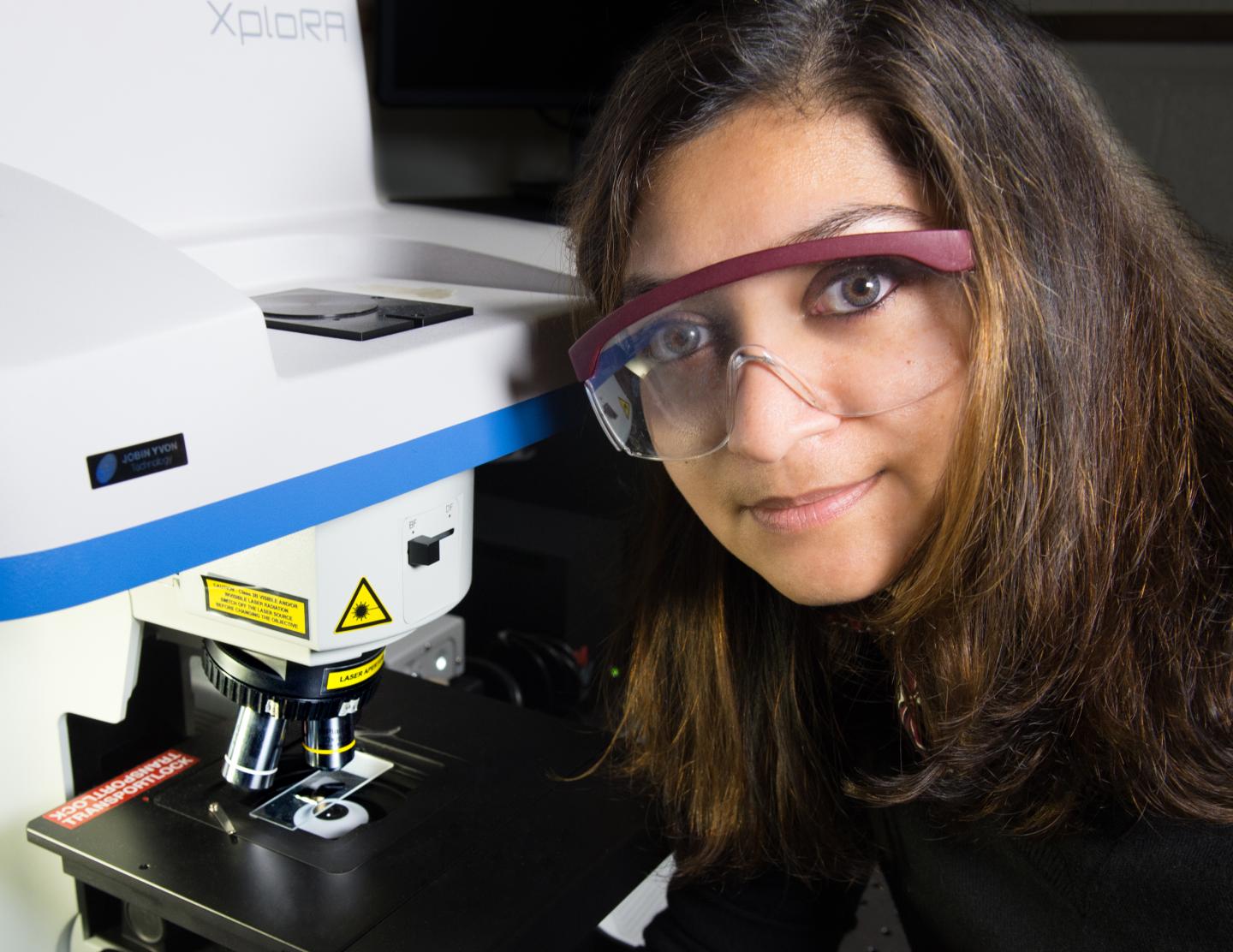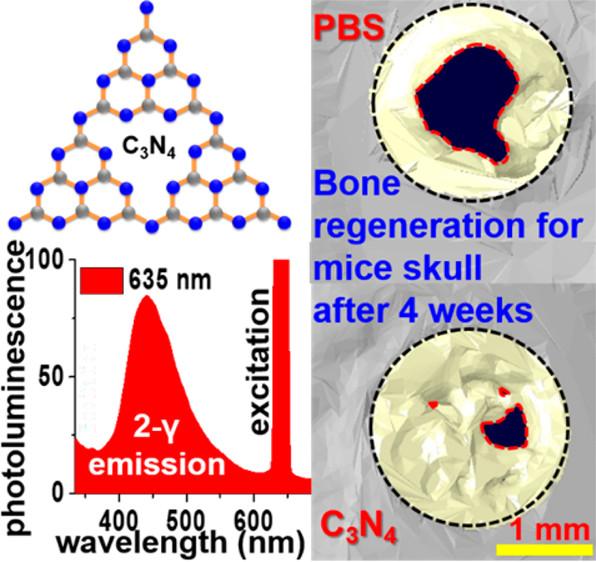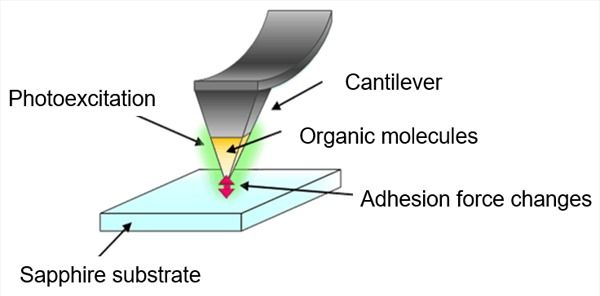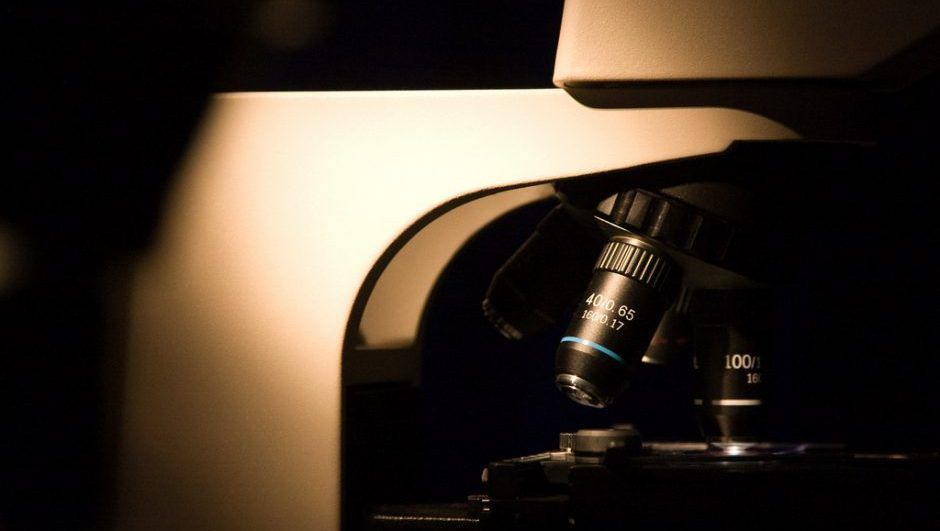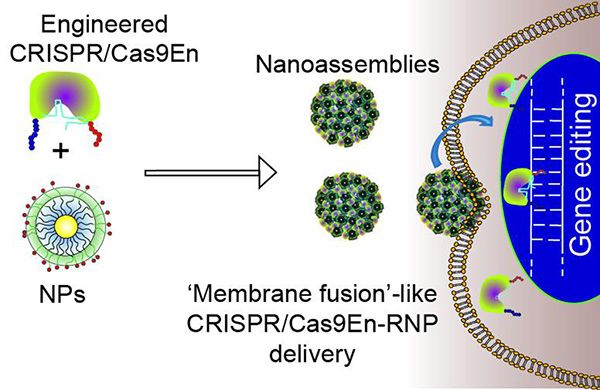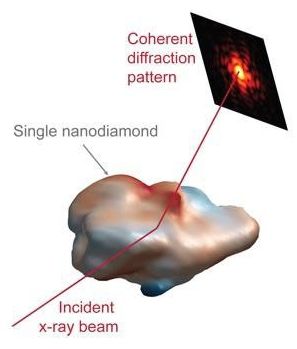Feb 14, 2017
China’s military progress challenges Western dominance, says IISS
Posted by Karen Hurst in category: military
Chinese military technology is reaching “near-parity” with the West, a new report from the London-based think tank IISS has found. Western dominance in advanced military systems can no longer be taken for granted.
China accounted for a third of Asia’s military spending in 2016 and was looking to sell more arms abroad, the International Institute for Strategic Studies (IISS) said in a report on Tuesday.
China’s overall defense budget last year was $145 billion (137 billion euros), 1.8 times higher than South Korea and Japan combined. China’s spending was topped only by the United States which spent $604.5 billion (572 billion euros) on defense in 2016.
Continue reading “China’s military progress challenges Western dominance, says IISS” »

